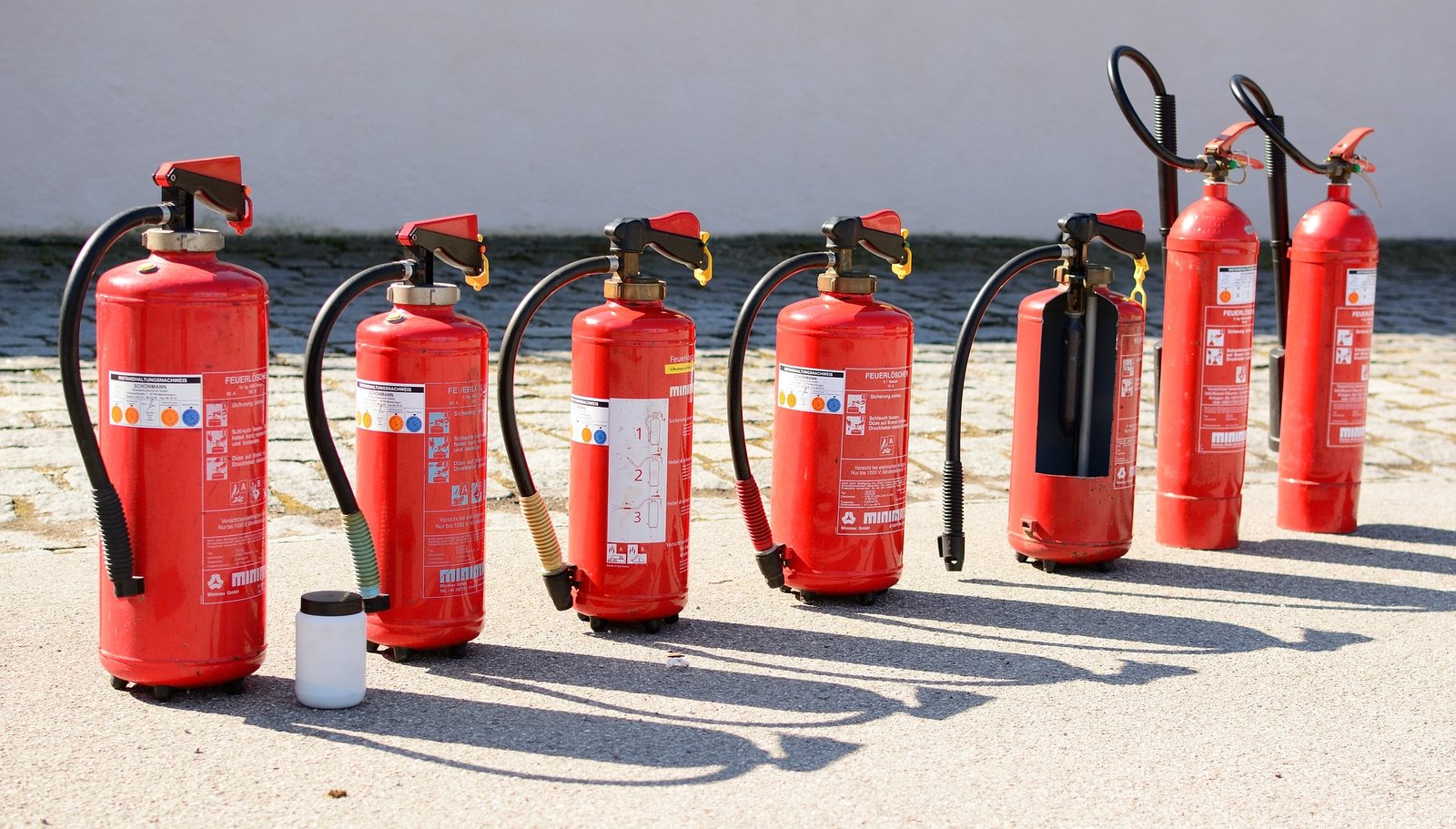Fire Extinguishers on Sailboats: Essential Safety Equipment

When it comes to sailing, safety should always be the top priority, and one of the most crucial pieces of safety equipment on any boat is the fire extinguisher. Sailboats, like any other watercraft, are vulnerable to fire risks due to various factors, including fuel, electrical components, and cooking equipment. Having the right fire extinguisher on board and knowing how to use it can make all the difference in an emergency. We will explore the importance of fire extinguishers on sailboats, the different types available and proper maintenance and usage.
Why Fire Extinguishers are Important on Sailboats
Although water surrounds a sailboat, fires are still a very real threat. Onboard fires can be caused by:
- Engine malfunctions: Leaking fuel or overheating engines can easily ignite, leading to engine room fires.
- Electrical failures: Faulty wiring or short circuits can spark electrical fires, which are difficult to extinguish without the proper tools.
- Galley accidents: Cooking on a boat involves open flames, hot surfaces, and fuel sources like propane, all of which increase fire risk.
- Flammable materials: Boats often store flammable liquids like gasoline, diesel, and cleaning chemicals, which can easily ignite.
Having a properly maintained fire extinguisher on board helps ensure that any fire, no matter the cause, can be tackled swiftly before it spreads. Fires on a boat can escalate quickly, and without the ability to escape easily, containing a fire promptly is crucial.
Types of Fire Extinguishers for Boats
Fire extinguishers come in different classes, each designed to deal with specific types of fires. It’s essential to have the correct extinguisher for the types of fire risks that could occur on your sailboat.
- Class A (Combustible Materials): For fires involving ordinary combustibles like wood, paper, and cloth, located in (e.g., cabins, storage compartments).
- Class B (Flammable Liquids): For fires involving flammable liquids like gasoline, diesel, oil, and other fuels, located in engine rooms, fuel storage areas, and near the galley.
- Class C (Electrical Fires): For fires involving electrical equipment, such as wiring, fuse boxes, and motors.
- Common Locations: Anywhere with electrical components, such as control panels, batteries, and navigation equipment.
- Combination ABC Extinguishers: These are ideal for sailboats because they can deal with a wide range of potential fire hazards.
How Many Fire Extinguishers Do You Need?
The number of fire extinguishers required on a sailboat depends on the size of the vessel and its layout. U.S. Coast Guard regulations (and those in many other countries) provide specific requirements for boats based on their length:
-Boats less than 26 feet: At least one B-I fire extinguisher.
-Boats between 26 and 40 feet: At least two B-I fire extinguishers, or one B-II fire extinguisher.
-Boats between 40 and 65 feet: At least three B-I fire extinguishers or a combination of B-I and B-II extinguishers.
B-I and B-II are both of B type but the size varies due to the size of your sailboat, in addition to regulatory requirements, it’s always wise to place fire extinguishers in key areas such as:
Locations:
-The engine room, where fuel and mechanical equipment are located.
-The galley, where cooking equipment is found.
-Near electrical panels or battery compartments.
Ensuring that fire extinguishers are readily accessible from multiple locations helps in responding quickly during an emergency.
Fire Extinguisher Maintenance
Having a fire extinguisher onboard is one thing, but ensuring it’s in working condition when you need it is another. Proper maintenance is essential to guarantee that your fire extinguisher will function correctly in an emergency.
- Monthly Inspection: Check the gauge to ensure the extinguisher is fully charged and in the green zone, Inspect the nozzle for blockages and ensure the pin is in place and the seal is intact, ensure the fire extinguisher is in a visible, easy-to-reach location.
- Shaking the Extinguisher: Fire extinguishers, especially dry chemical ones, can settle over time. Shaking the fire extinguisher monthly helps prevent the chemicals from compacting at the bottom, ensuring it will work when needed.
- Check Expiry Date: All fire extinguishers have an expiration date. Make sure yours is still within the effective period. Replace any expired units as they may not function properly during an emergency.
- Hydrostatic Testing: Depending of the type of the fire extinguisher, hydrostatic testing may be required every few years to ensure the fire extinguisher can handle pressure. Consult the manufacturer’s guidelines or your local marine safety authority for testing intervals.
- Refill or Replace After Use: Even if you only use a small portion of the fire extinguisher, it must be refilled or replaced immediately. Always keep a fully charged extinguisher on board.
How to Use a Fire Extinguisher:
In an emergency, you need to act fast. The easiest way to remember how to use a fire extinguisher is by the acronym PASS:
- Pull the pin to unlock the extinguisher.
- Aim the nozzle at the base of the fire.
- Squeeze the handle to release the extinguishing agent.
- Sweep the nozzle from side to side, covering the entire area of the fire.
Always remember that safety comes first. If a fire seems too large to handle, focus on evacuating the sailboat and signaling for help rather than trying to fight the fire on your own.
Fire extinguishers are essential safety tools on any sailboat, and knowing the right type to use, as well as how to maintain and operate them, is critical for every sailor. Fires can happen unexpectedly, and being prepared with the proper equipment and knowledge can make all the difference in safeguarding both lives and the boat.